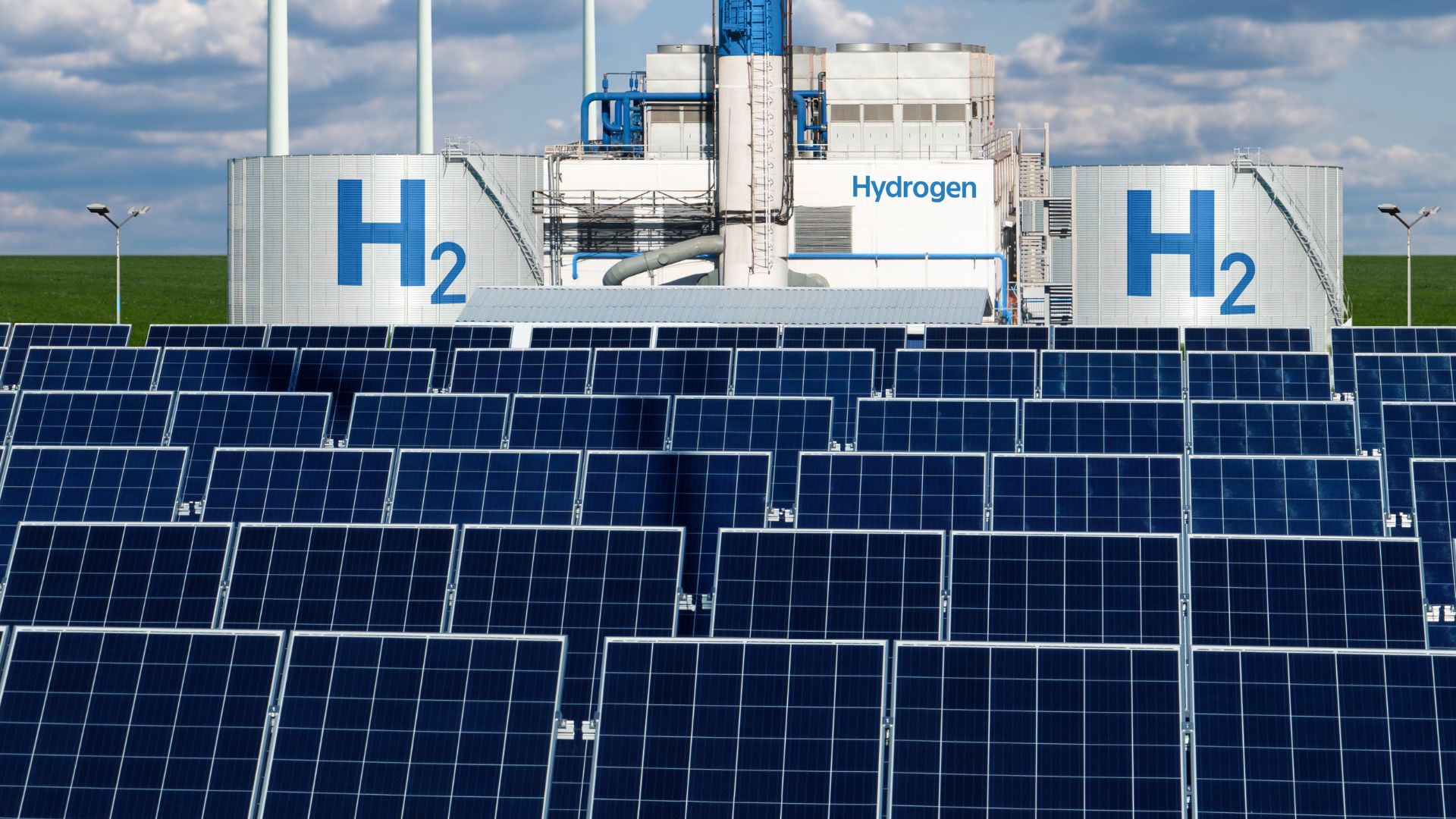Revolutionizing Solar-to-Hydrogen Conversion with PSLE Strategy for CZTS Photocathodes
Key Ideas
- Researchers in China developed a groundbreaking PSLE technique for CZTS photocathodes, achieving a record half-cell solar-to-hydrogen efficiency of 9.91%.
- The PSLE method enhanced crystal growth, reduced defects, and optimized charge carrier dynamics, leading to a highly efficient CZTS/CdS/TiO2/Pt thin-film photocathode.
- PSLE-controlled nucleation resulted in vertically aligned grains, low defect density, extended carrier lifetime, and high photocurrent, nearing the theoretical limit, highlighting CZTS's potential for green hydrogen production.
- The strategy significantly reduces material costs, requires no rare co-catalysts, and opens a pathway to large-scale, low-cost green hydrogen production from seawater, contributing to sustainable solar fuels and circular hydrogen economies.
Researchers in China have developed a pioneering method, Precursor Seed Layer Engineering (PSLE), to enhance the performance of copper zinc tin sulfide (CZTS) photocathodes for solar-to-hydrogen conversion. This breakthrough achieved a record half-cell solar-to-hydrogen efficiency of 9.91%, surpassing previous limitations. By applying PSLE, researchers optimized crystal growth, mitigated defects, and improved charge carrier dynamics in CZTS films, resulting in a highly efficient CZTS/CdS/TiO2/Pt thin-film photocathode.
The PSLE-controlled nucleation process led to dense, vertically aligned grains with lower defect density, longer carrier lifetime, and high photocurrent close to the theoretical limit. This advancement showcases CZTS's potential for green hydrogen production. The method not only reduces material costs by over 70% compared to other chalcogenides but also eliminates the need for rare co-catalysts. Moreover, it enables large-scale, affordable green hydrogen production from seawater, promoting sustainable solar fuels and circular hydrogen economies.
This research highlights the importance of cleaner energy sources like hydrogen to mitigate dependence on fossil fuels and reduce environmental impact. As governments worldwide aim for net zero goals, the study emphasizes the urgency for sustainable approaches such as solar-to-hydrogen conversion through photoelectrochemical water splitting. The PSLE strategy not only enhances CZTS performance but also contributes to advancing green energy technologies for a more sustainable future.
Topics
Green Hydrogen
Environmental Impact
Energy Efficiency
Green Energy
Renewable Technology
Materials Science
Solar Energy
Research & Innovation
Photocathodes
Latest News
